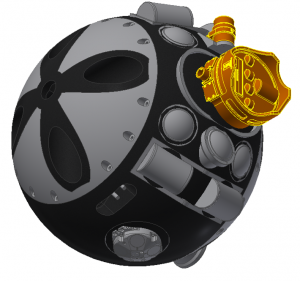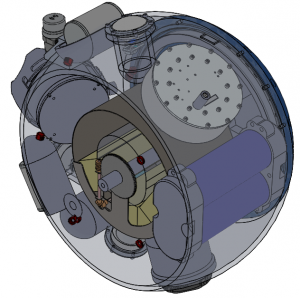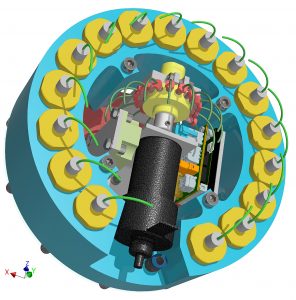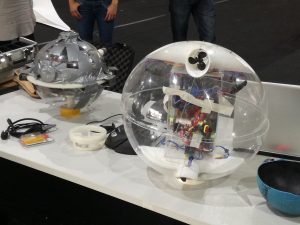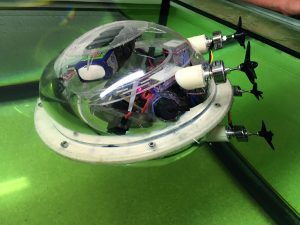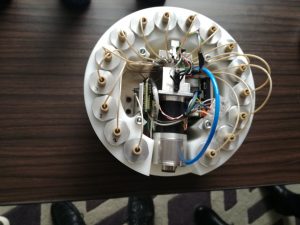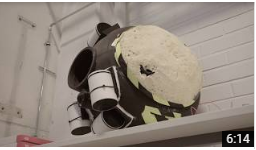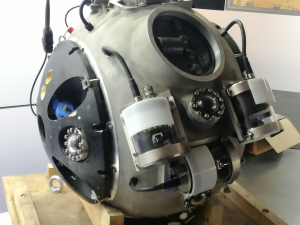The robot of the future
The multi-robotic platform system developed in UNEXMIN is formed by three robots – called UX-1 a, UX-1 b and UX-1 c. Each of the robots carries a defined set of instruments, among navigational and scientific sets.
The instrumentation carried by a single UX-1 robot complies the necessary equipment in order to obtain valuable geoscientific, spatial and visual data, while still performing basic activities such as movement and control.
UX-1’s subsystems need to work together to guarantee that the robot’s functionalities work under any conditions.
Together, the instruments, subsystems and characteristics of the surveyor, allow the gathering of valuable data, that cannot be accessed in other way.
The first UX-1 prototype, UX-1a, was developed and assembled on April 2018. During 2018 this robot was tested and improved at the Kaatiala (Finland, June 2018) and Idrija (Slovenia, September 2018) mines. Then in March 2019, robot UX-1b was assembled. Both robots have been tested in the Urgeiriça (Portugal, Marcg/April 2019) and Ecton (UK, May 2019) mines, and at the Molnár János cave (Budapest, June/July 2019).
The remaining prototype, UX-1c, was assembled in September 2019.
Characteristics
Instrumentation
Subsystems
- Maximum operation depth: 500m
- Spherical shape
- Diameter: 0.6m
- Weight: 112Kg
- Power consumption: 250-400W
- Maximum speed: 1-2Km/h
- Autonomy: up to 5 hours
- Thrusters power: 2-5Kgf
- Neutral buoyancy

